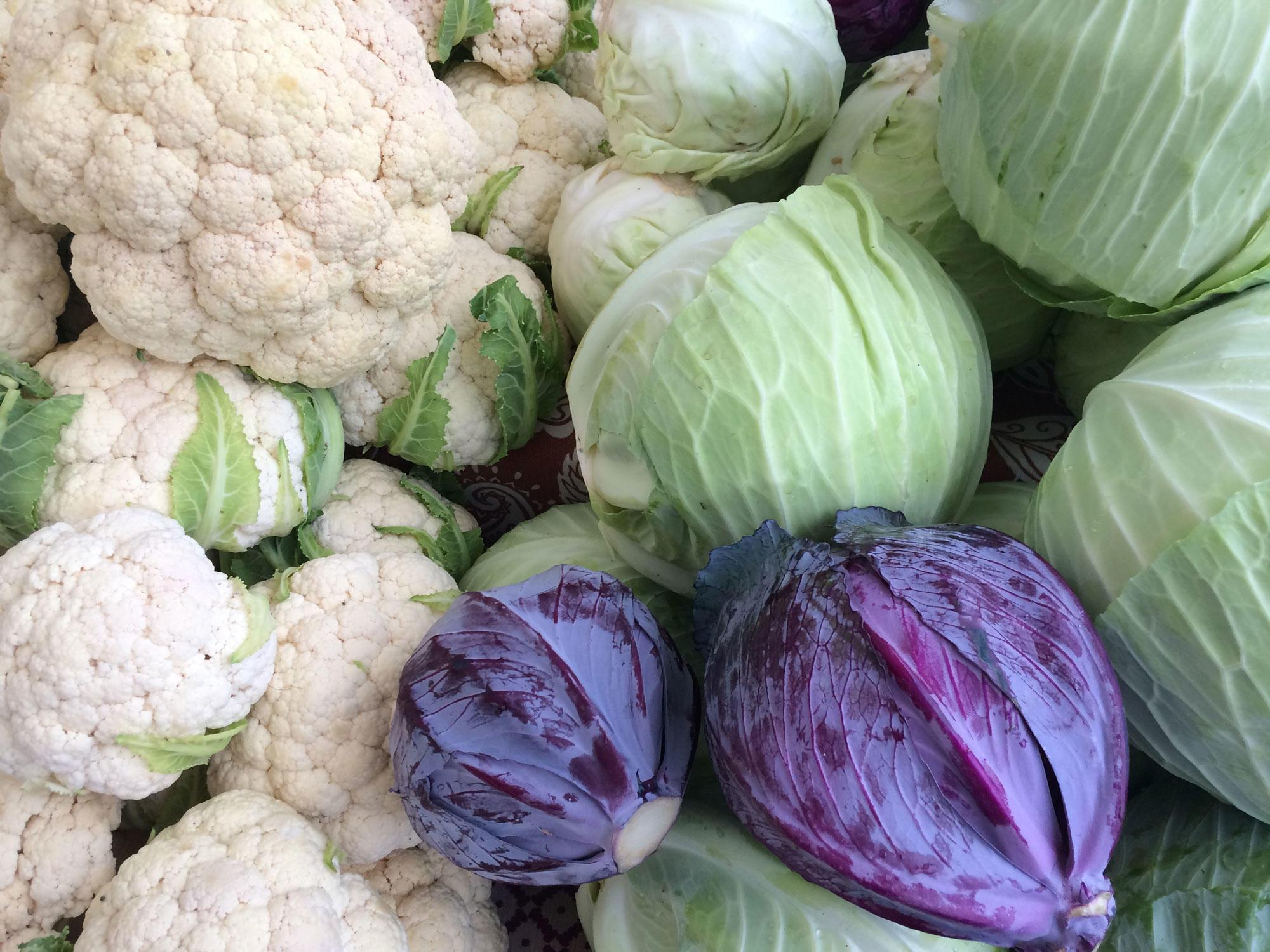CORVALLIS, Ore. — Gardeners who aren’t ready to hang up their gloves just yet can still plant cold-hardy vegetables for harvest next spring. But don’t wait too long.
“Winter gardening is a risky business,” said Jim Myers, plant breeder and researcher at Oregon State University. “It may work one year with a mild winter but not another when the weather is more severe. If you plant some cold-hardy vegetables from mid-August to early October — depending on the crop — there’s a good likelihood you’ll produce something in the spring. Farming is a gamble — some years more than others.”
Cold-hardy and semi-hardy vegetables
Cold weather doesn’t kill hardy vegetables; it simply slows their growth. For every rise of 18 degrees, growth rate doubles, but only within an air temperature range of 40 to 98 degrees, Myers said.
Vegetables that can withstand heavy frost (below 28°F) include spinach, onions, garlic, leeks, rhubarb, rutabaga, broccoli, kohlrabi, kale, cabbage, collards, Brussels sprouts, corn salad, arugula, fava beans, radish, mustard greens, Austrian winter pea and turnip.
Semi-hardy crops tolerate light frost (28–32°F), including beets, carrots, parsnip, lettuce, chard, garden pea (before flowering), Chinese cabbage, endive, radicchio, cauliflower, parsley and celery. For root crops like beets, carrots and parsnips, the tops may die back, but the roots survive. For crops that form heads, such as radicchio, outer leaves may die but can be peeled away to reveal undamaged centers.
Vegetables containing anthocyanin — the red or purple pigment — tend to resist rots caused by winter rains. These include purple-sprouting broccoli, Rosalind broccoli and purple kale.
Protecting crops through winter
If you live in an area with prolonged snow cover, snow acts as an insulating mulch that warms the soil, Myers said. In most of Oregon, however, heavy rains are a greater challenge than low temperatures.
To protect plants, Myers recommends:
- Covering vegetables with high or low tunnels made from hoops and clear plastic.
- Using row covers or cloches.
- Mulching with yard debris, cardboard or newspaper to warm the soil.
With good planning and a little luck, gardeners could be harvesting fava beans, kale or broccoli by March.
Learn more
For more details on extending the gardening season, see these OSU Extension resources:
Previously titled These cold-hardy vegetables may stick it out through winter

